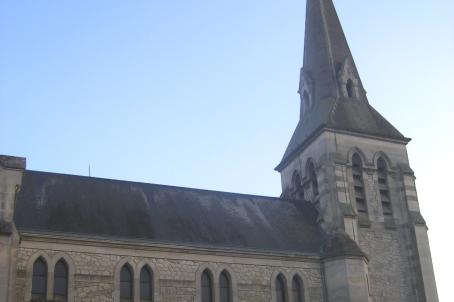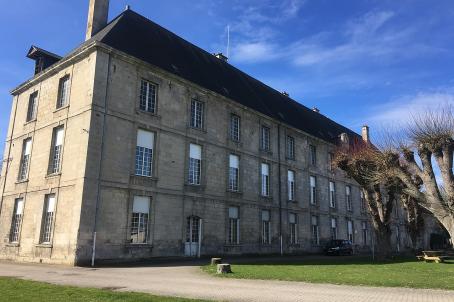Church of Saint-Sauveur, Coucy-le-Château-Auffrique
The origins of the Saint-Sauveur Church date back to the 12th century (central part of the façade, Romanesque style portal). Reworked several times, destroyed in 1917 and classified as a "Historic Monument", the Church of Saint Sauveur was rebuilt identically.
About this building
Very rich architecture of the 3 vaults and the alternation of strong and weak piers in the nave. The Gothic style capitals are inspired by Romanesque art. The Saint-Sauveur Church offered a dominant view of the adjoining plain and was a solidly organised defensive position.





